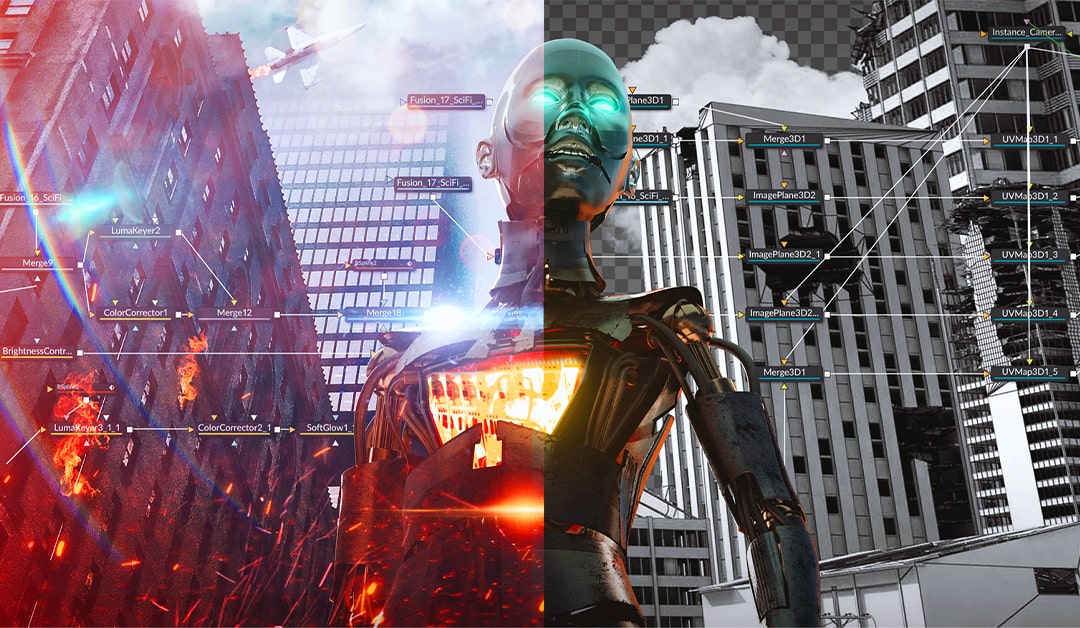Creating stunning visual effects in movies and television shows involves seamlessly blending computer-generated imagery (CGI) with live-action footage. This integration is what makes scenes look realistic and immersive, transporting audiences to new worlds and thrilling adventures. Learning these techniques is essential for anyone interested in the field of visual effects (VFX). In Udaipur, aspiring VFX artists can find excellent training programs to help them master this art.
Understanding Photorealistic Visual Effects
Photorealistic visual effects aim to create images that are indistinguishable from real life. This requires a deep understanding of both CGI and live-action filmmaking. CGI involves creating digital images and animations, while live-action filmmaking involves capturing real-world scenes with cameras. The challenge lies in making the CGI elements blend perfectly with the live-action footage so that viewers cannot tell where reality ends and the digital effects begin.
Techniques for Integrating VFX with Live Action
- Camera Matching: One of the first steps in integrating VFX with live-action footage is matching the camera movements and angles used during filming. This ensures that the CGI elements move and interact naturally within the live-action scene. Camera tracking software is often used to analyze the movement of the camera in the live-action footage and replicate it in the CGI environment.
- Lighting and Shadows: To make CGI elements look realistic, they must have the same lighting and shadows as the live-action footage. This requires careful study of the lighting conditions during filming and replicating them in the digital environment. VFX artists use techniques like global illumination and ray tracing to simulate natural lighting and shadows.
- Color Matching: Ensuring that the colors of the CGI elements match the live-action footage is crucial for creating a seamless blend. This involves adjusting the color balance, saturation, and contrast of the CGI elements to match the real-world colors captured on camera. Color grading software is often used to achieve this.
- Texture and Detail: Adding realistic textures and fine details to CGI elements is essential for photorealism. This includes creating detailed surfaces, adding imperfections, and simulating natural wear and tear. VFX training in Udaipur can teach aspiring artists how to use advanced texturing techniques and software to achieve this level of detail.
- Compositing: Compositing is the process of combining the live-action footage with the CGI elements. This involves layering the CGI elements onto the live-action footage and blending them together using various techniques. Compositing software allows artists to adjust the transparency, add special effects, and fine-tune the final image to ensure a seamless blend.
Practical Applications
Photorealistic visual effects are used in a wide range of media, including movies, TV shows, commercials, and video games. They enable filmmakers to create scenes that would be impossible or too expensive to film in real life. From epic battle scenes to fantastical creatures, VFX brings imagination to life on screen.
For example, in blockbuster movies, VFX is used to create entire worlds and characters that do not exist in reality. In TV shows, VFX can enhance everyday scenes with subtle effects that go unnoticed by the audience. Even in commercials, VFX can be used to create visually stunning advertisements that capture the viewer’s attention.
Learning VFX in Udaipur
Aspiring VFX artists can benefit from specialized training programs available in Udaipur. These programs offer comprehensive courses that cover all aspects of visual effects, from basic techniques to advanced photorealistic integration. Students learn how to use industry-standard software, work on real-world projects, and develop a portfolio that showcases their skills.
VFX training in Udaipur provides hands-on experience with the latest tools and technologies, preparing students for a successful career in the visual effects industry. With expert instructors and a supportive learning environment, these programs help students master the art of creating photorealistic visual effects.
By understanding and practicing these techniques, aspiring VFX artists can create stunning, realistic scenes that captivate audiences and elevate their storytelling. Whether you’re working on a big-budget movie or a small independent project, mastering the integration of VFX with live-action footage is essential for achieving photorealism.

